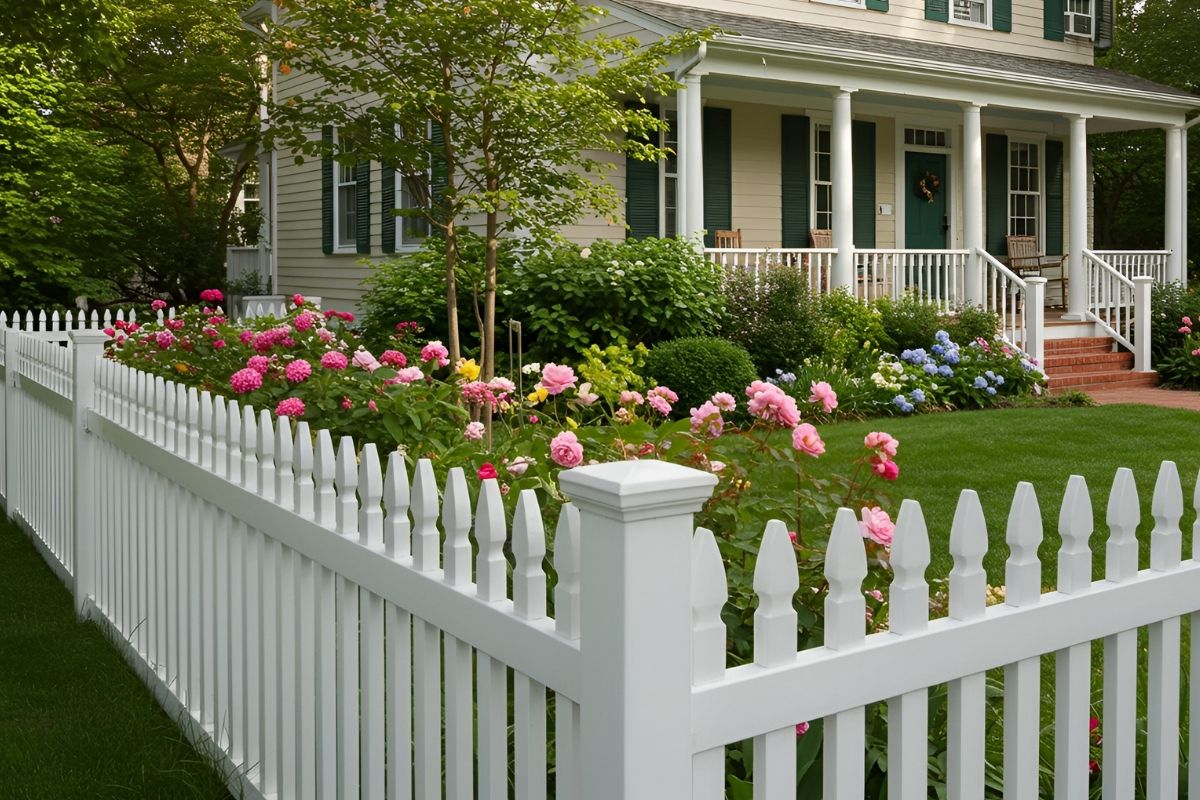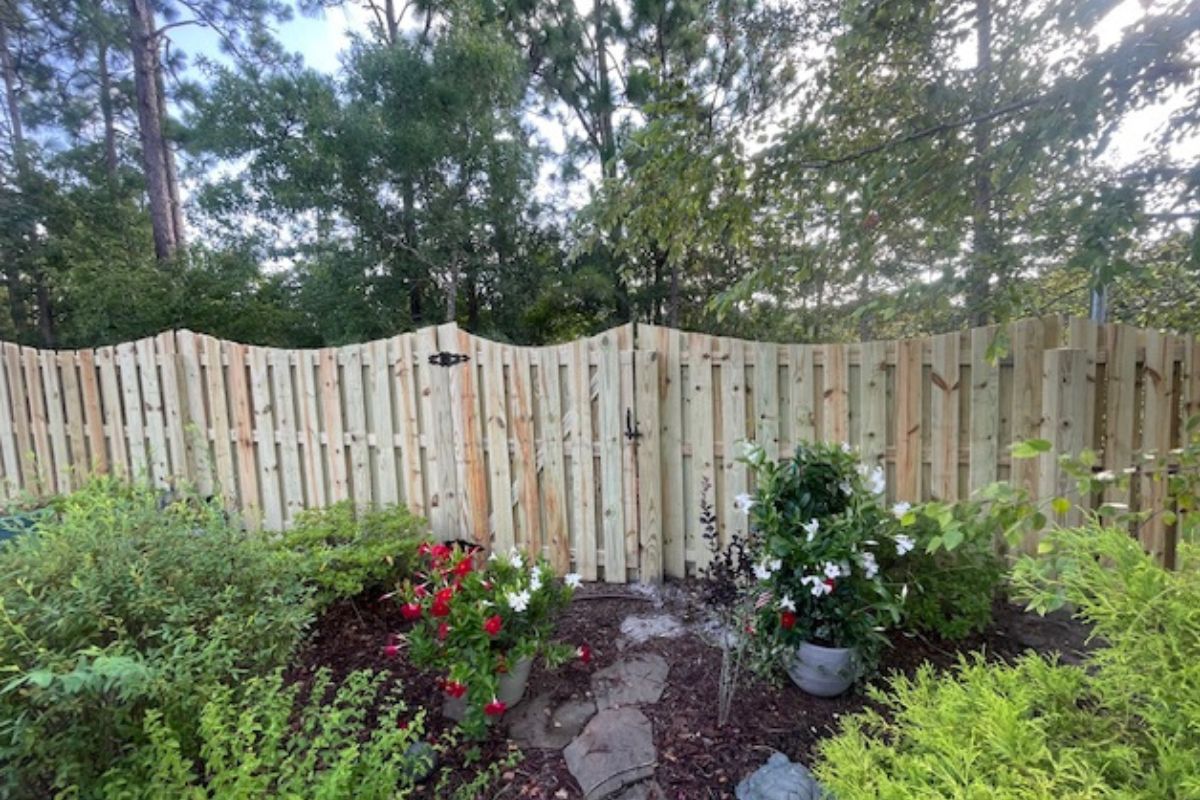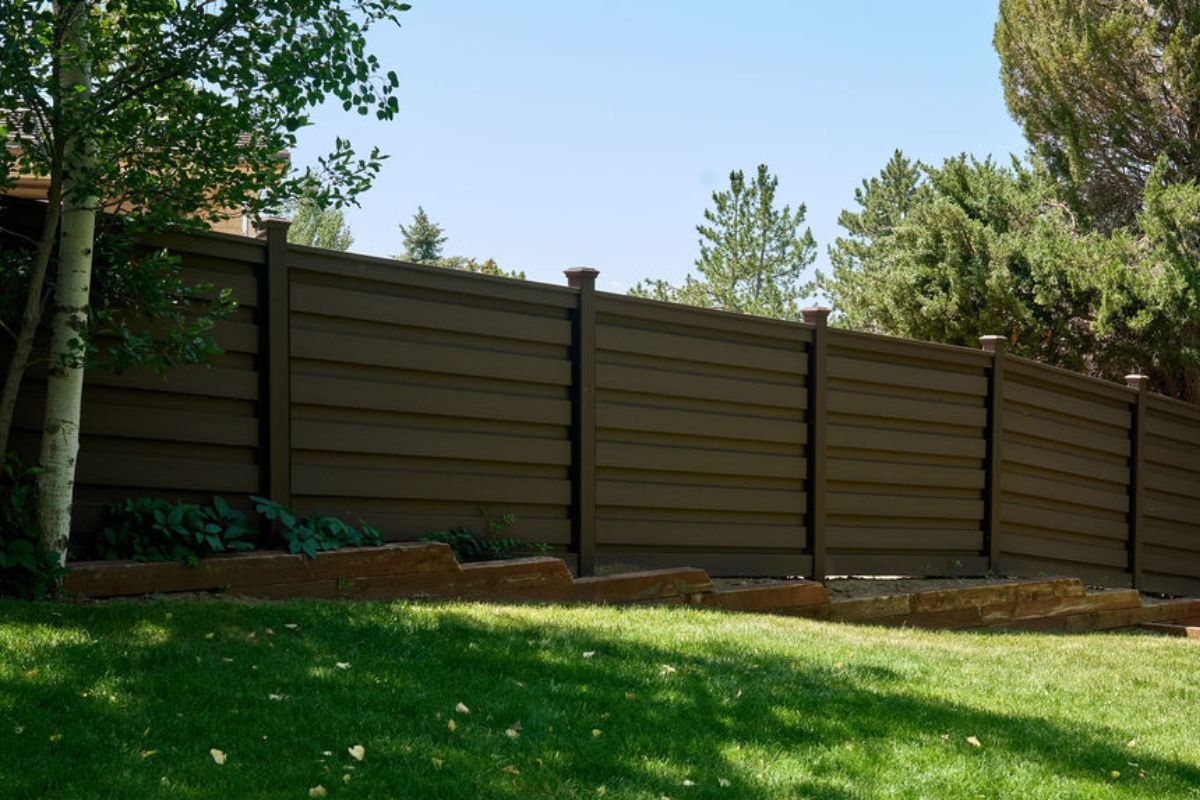Fencing a front yard can be an excellent way to define your property, enhance its appearance, and add functional benefits, such as security and privacy. However, before jumping into the project, it’s important to understand a few key considerations. From local regulations to material selection and design choices, proper planning ensures your front yard fence complements your home while adhering to legal requirements.
This post will walk you through the critical factors to consider when deciding whether to fence your front yard and how to do it right.
Why Fence Your Front Yard?
A front yard fence serves many purposes and offers several benefits, such as:
- Boosting Curb Appeal
A well-designed fence can elevate the overall appearance of your home. Paired with landscaping or masonry, it becomes an integral part of your home’s aesthetic.
- Defining Property Boundaries
Fences clearly outline your property lines, helping to avoid disputes with neighbors while also creating a welcoming sense of order.
- Enhancing Security and Privacy
While front yard fences aren’t typically designed for privacy, they can still act as a low barrier to keep young children or pets contained and deter unwanted visitors.
- Adding Value to Your Property
A thoughtfully constructed fence can increase your property’s marketability and value by improving both functionality and appearance.
Step 1: Check Local Regulations
Before installing a front yard fence, your first step should be understanding the rules set by your municipality, homeowners’ association (HOA), or neighborhood covenants. Regulations can vary greatly depending on your location. Here are some common topics covered by local laws:
- Height Restrictions
Many areas limit the height of fences in front yards to maintain visibility and the neighborhood’s aesthetic. Common height limits are between 3 to 4 feet.
- Setback Requirements
Your fence may need to be installed a certain distance from the sidewalk, street, or property line to comply with zoning codes.
- Material and Design Guidelines
Some communities restrict fence materials or designs to maintain a cohesive appearance across the neighborhood.
- Visibility at Intersections
If your front yard is near a street intersection, regulations may require you to avoid obstructing a driver’s line of sight, which can impact the height and opacity of your fence.
Check with your local zoning office or HOA to ensure your project is fully compliant. Skipping this step could result in expensive fines or mandatory removal of the fence.
Step 2: Choose the Right Materials
The material you choose for your fence plays a major role in its durability, appearance, and maintenance needs. Here are some popular front yard fencing materials to consider:
A classic choice, wood fences offer a timeless and natural look. They can be stained or painted to match your style but require regular maintenance to prevent weathering.

If you prefer a low-maintenance option, vinyl is a durable material that doesn’t require painting or staining. It’s available in various colors and styles, making it versatile for any home.

Wrought iron or aluminum fences are perfect for homeowners who want an elegant yet sturdy design. These fences typically require less maintenance than wood and can last for decades with proper care.

- Composite
A hybrid material made from wood fibers and plastic, composite fencing combines the aesthetic appeal of wood with the durability of synthetic materials.

- Picket or Split Rail
For those who want to emphasize charm and openness rather than privacy, picket or split-rail fences provide a welcoming, traditional look while still defining boundaries.

Tip:
Choose materials that complement your home’s architecture and local climate. For example, wrought iron may suit a historic home, while sleek composite fences complement modern designs.
Step 3: Balance Privacy with Curb Appeal
A front yard fence should blend functionality with aesthetics. Too much privacy can make a home feel closed off, while a purely decorative fence may not serve practical needs. Striking the right balance is key.
- For Privacy: Instead of a completely opaque design, try fences with partial visibility, such as spaced pickets or horizontal slats. These designs provide moderate privacy without making your yard look isolated.
- For Curb Appeal: Color, material, and height all affect how your fence contributes to your home’s look. Choose neutral or coordinating tones to ensure the fence looks like an extension of your property, rather than an afterthought.
Adding decorative elements such as flowering vines, hanging planters, or post caps like the ones from Captiva can make your fence even more inviting.
Step 4: Plan for Practicality and Maintenance
A well-thought-out front yard fence should also be practical. Ask yourself these questions before starting your installation:
- How will the fence affect access?
Be mindful of gate placement and ease of entry. A strategically positioned gate ensures convenient access to your home and driveway.
- What maintenance will be required?
Choose a material that fits your lifestyle and budget for upkeep. For instance, wood may need regular sealing, while vinyl can simply be hosed down occasionally.
- Is it built to last?
Ensure the materials and installation methods can withstand your region’s weather conditions, whether you’re facing heavy snowfall, high winds, or intense sunlight.
Step 5: Get Professional Help
While some handy homeowners tackle fencing projects themselves, hiring professionals ensures your fence is installed correctly and complies with all local rules. Professional designers and installers can also help you optimize your fence’s layout, choose suitable materials, and achieve a polished finish.
Partnering with a reliable provider like your local pros at Top Rail Fence ensures your front yard fence not only looks great but also serves its intended purpose and stands the test of time.
Final Thoughts on Front Yard Fencing
Yes, you can fence your front yard—but thoughtful planning is crucial to getting it done right. By understanding local regulations, choosing appropriate materials, balancing aesthetics with functionality, and prioritizing quality, you’ll create a fence that seamlessly enhances your home while adding enduring value.
Ready to bring your vision to life? Consult with your local Top Rail Fence to explore your options and begin your project with confidence!




